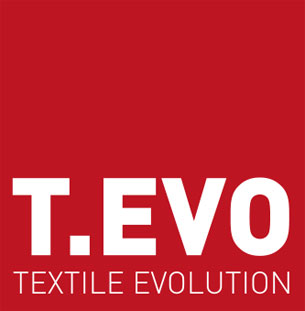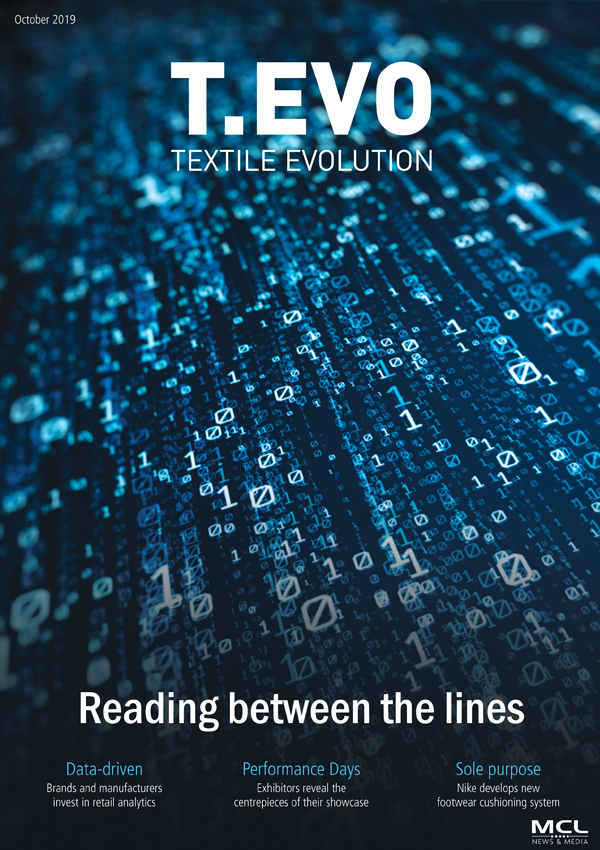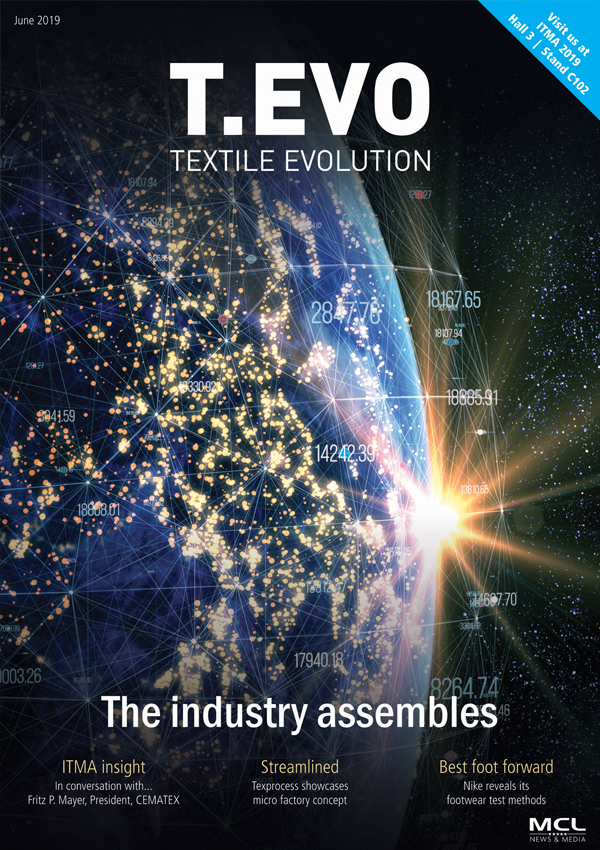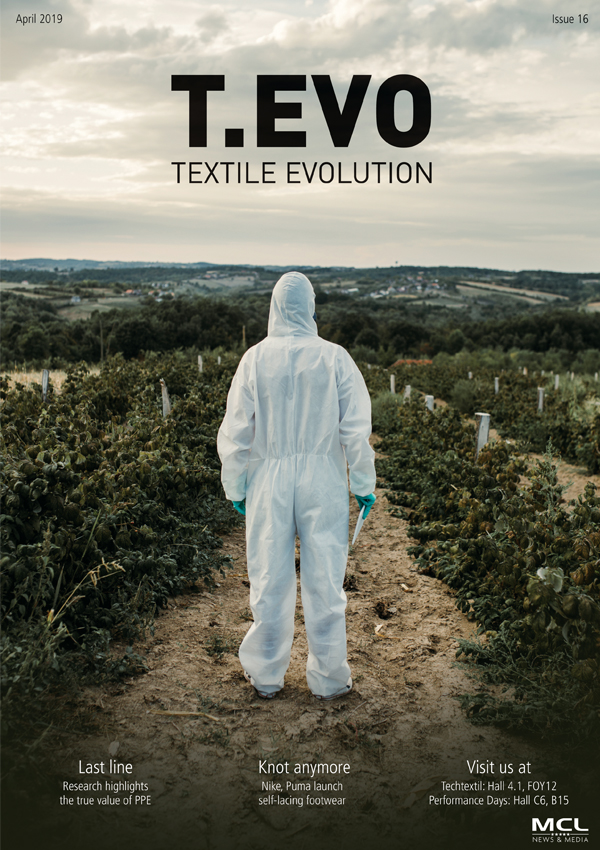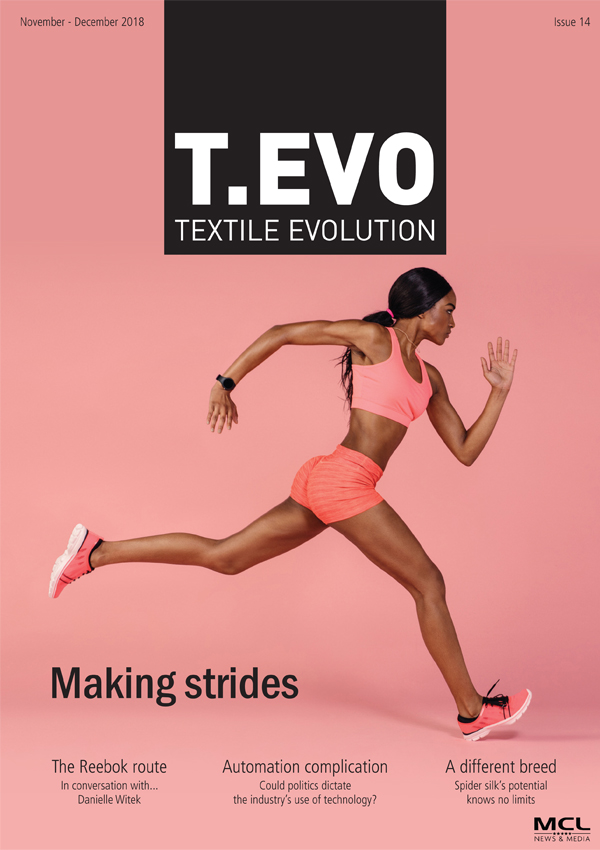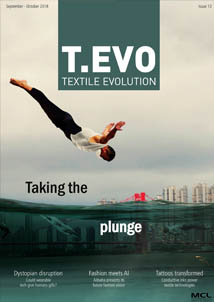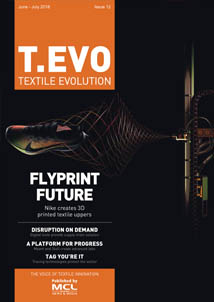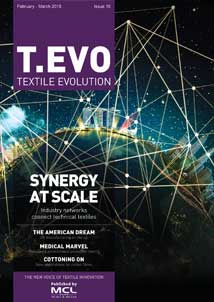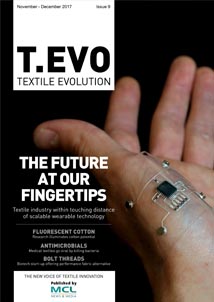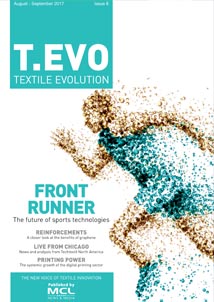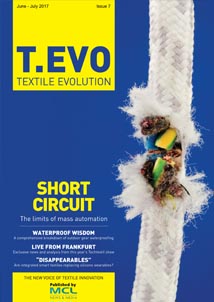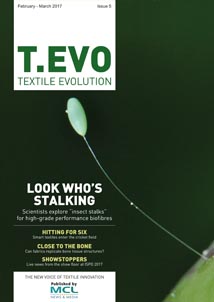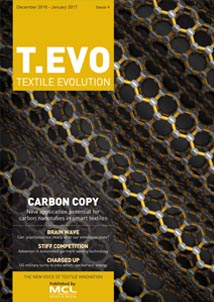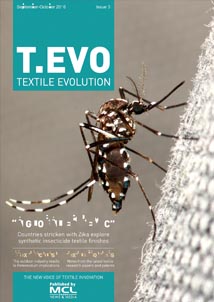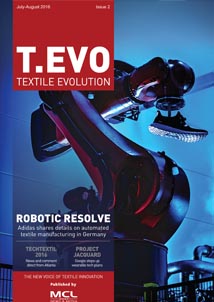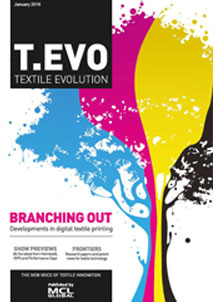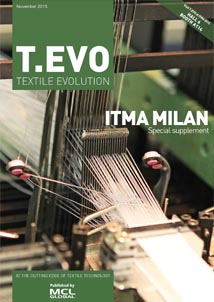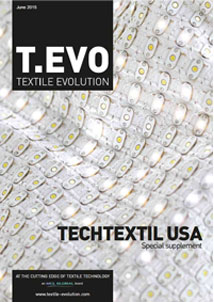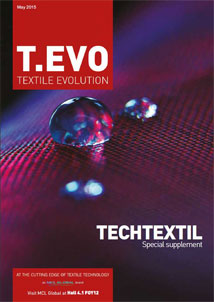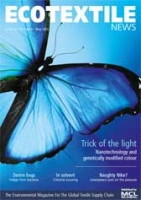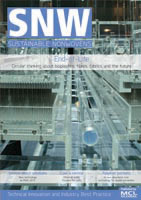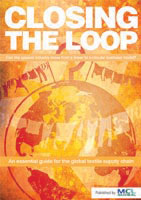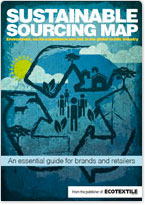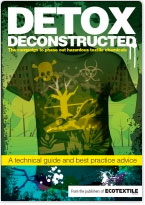Recent technology developments
The last two ITMA shows have been dominated by developments and innovations that could be marketed as being ‘green’ – and the great thing about the dyeing and finishing industry is that virtually everything that has a lower environmental impact will have a lower cost for the dyer.
The need for lower cost and lower environmental impacts has never been greater – as the downward pressure on retail prices for textiles continues we are seeing increases in energy, water, fibre and chemical costs, and the net result is that dyers, printers and finishers are being squeezed as never before.
So, while textile machinery manufacturers and dye and chemical companies may be dressing everything up as ‘green’ or ‘environmentally friendly’ developments, the brutal truth is that the industry has no option but to invest in low impact manufacturing if it is to survive.
As legislation and policing on pollution become tighter it is more difficult for those dyers to cut corners by under-hand measures such as discharging untreated effluent or failing to manage air emissions and waste. Resorting to cheap dyes and chemicals has often been the route of choice for dyers wishing to cut corners, but in most cases the cheapest raw materials are shown to be a false economy with the cost of failure far outweighing the savings.
For many observers, the recent ITMA 2015 in November was the ‘greenest’ show yet and the latest trend appears to be an effort to quantify the reduction of environmental impacts and present them in terms that can be understood (and promoted) by large retail brands.
In addition to messages aimed at dyers in old style litres per kilogram terms we saw more use of carbon and water footprints in an attempt to de-mystify textile dyeing and get the vast improvements we’ve seen over the past couple of decades judged alongside other less impressive but more newsworthy environmental initiatives.
The other challenge that dyeing machinery manufacturers and dye and chemical suppliers have is that the baseline is constantly changing so cynics can rightfully ask what the quoted savings are based on – is it industry average, the last model of machine or the figures for 1970?
But we shouldn’t get too bogged down with mathematics – the leaders in the industry are improving and there are some interesting themes emerging.
Green peripherals
The integration of ‘green’ add-ons and peripherals into core machinery design has become more popular with optional extras such as heat recovery units being built in at source rather than retro-fitted, and out-of-box solutions for ancillary processes have become more widely available rather than dyehouse owners relying on in-house engineers to create bespoke solutions.
A good example of the latter is Fongs water re-use systems where manufacturers get a trusted name from industry to manage a zero-discharge effluent and water re-cycling system. Of course it isn’t quite as simple as plug and play but the big, reputable brands are waking up to the fact that there are opportunities beyond basic machinery sales.
Swiss-based Benninger has taken energy efficient continuous washing to another level with its established integrated heat recovery systems and counter-flow wash technology – and insulated wash boxes. Gone are the days when continuous washing was the least efficient way to wash dyed fabrics and we can see a time when batch-dyeing machines are used for dyeing only, with the washing being done on dedicated ultra-efficient ranges. The company recently unveiled the new ‘Tempacta’ washing steamer which has been developed for all low tension washing processes and is mainly used for diffusion washing (fastness washing) and for the relaxation of knitwear. As a washing drum can be integrated, an intermediate rinsing process or additional intensification of washing is also possible.
Jet dyeing machines continue to evolve and improve with the focus on reduced water and energy consumption. Thies displayed an ‘optimised’ version of its iMaster H2O with in-kier winch reel – which gives a smoother fabric passage at lower liquor ratios. On the garment dyeing side Italian firm Tonello can now take liquor ratios down to lows of 2:1 using a spray technique, but nothing gets a low as Cold Pad Batch and the likes of Erbatech can still expect good sales as textile dyers embrace the low impact, low cost and, increasingly, low risk opportunities of new tightly controlled CPB systems to reduce carbon footprints by 60 per cent when compared to jet dyeing.
